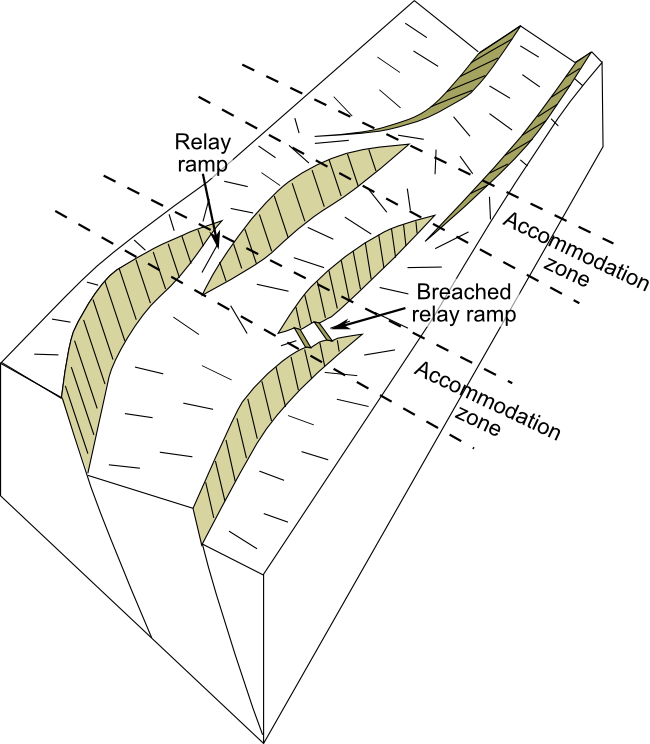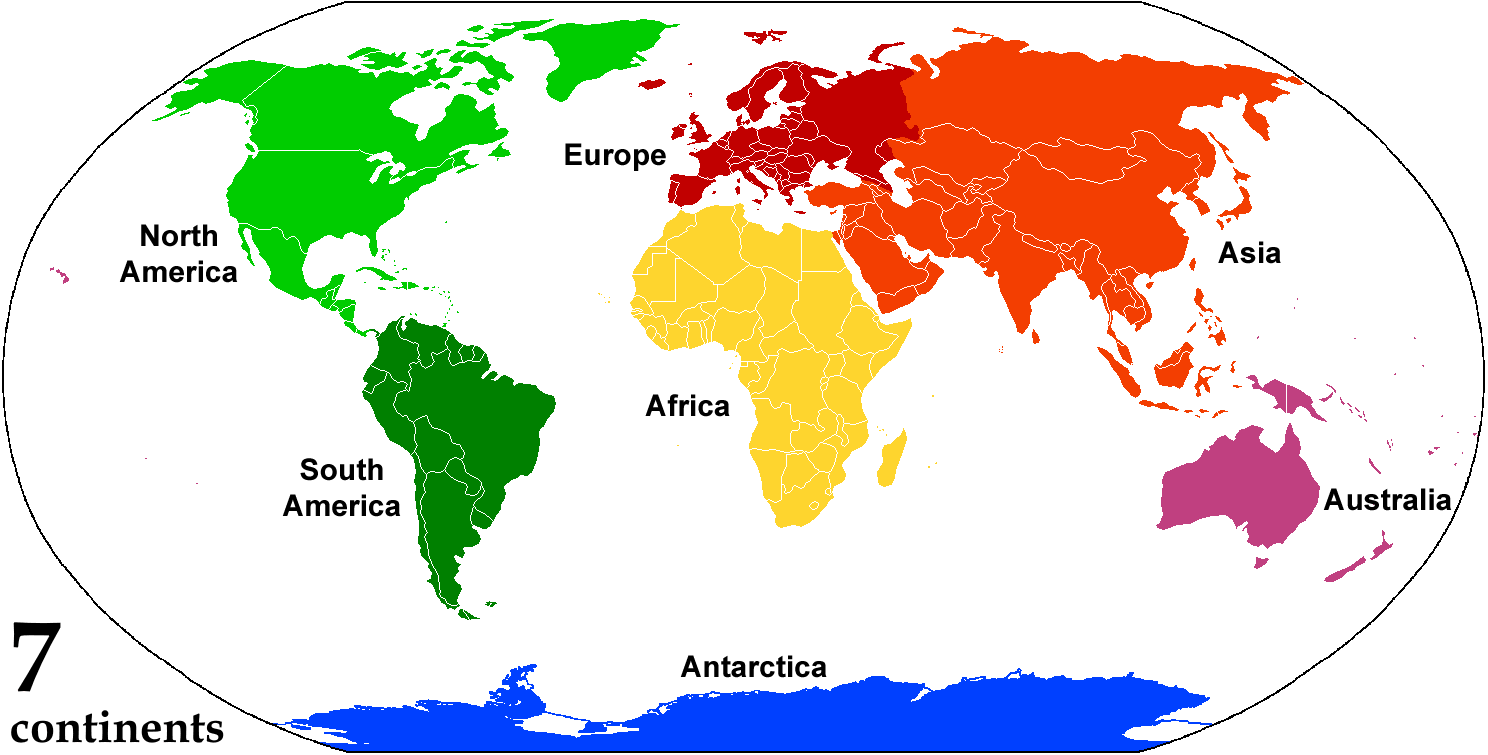|
Bromide Formation
The Bromide Formation is a formation (stratigraphy), geological formation in Oklahoma, USA. It is well known for its diverse echinoderm and trilobite fossil fauna. Location The Bromide Formation crops out in the Arbuckle Mountains, Arbuckle and Wichita Mountains and in the Criner Hills of Southern Oklahoma. It appears at the surface in particular within Carter County, Oklahoma, Carter, Johnston County, Oklahoma, Johnston, Murray County, Oklahoma, Murray and Pontotoc County, Oklahoma, Pontotoc counties (34.0° N, 97.0° W). Stratigraphy The Bromide Formation is the uppermost part of the Simpson Group, and originates from the Upper Ordovician (early Sandbian). This mostly Carbonate rock, carbonate succession is divided into the Mountain Lake and overlying Pooleville members. Although it primarily consists of limestone, limestone interbedded with shale, and sandstone, also occur. The Bromide Formation is a shallow water marine sediment.Bauer, J.A. Conodonts from the Bromide F ... [...More Info...] [...Related Items...] OR: [Wikipedia] [Google] [Baidu] |
Geological Formation
A geological formation, or simply formation, is a body of rock having a consistent set of physical characteristics (lithology) that distinguishes it from adjacent bodies of rock, and which occupies a particular position in the layers of rock exposed in a geographical region (the stratigraphic column). It is the fundamental unit of lithostratigraphy, the study of strata or rock layers. A formation must be large enough that it can be mapped at the surface or traced in the subsurface. Formations are otherwise not defined by the thickness (geology), thickness of their rock strata, which can vary widely. They are usually, but not universally, tabular in form. They may consist of a single lithology (rock type), or of alternating beds of two or more lithologies, or even a heterogeneous mixture of lithologies, so long as this distinguishes them from adjacent bodies of rock. The concept of a geologic formation goes back to the beginnings of modern scientific geology. The term was used by ... [...More Info...] [...Related Items...] OR: [Wikipedia] [Google] [Baidu] |
Wichita Mountains
The Wichita Mountains are located in the southwestern portion of the U.S. state of Oklahoma. It is the principal relief system in the Southern Oklahoma Aulacogen, being the result of a failed continental rift. The mountains are a northwest-southeast trending series of rocky promontories, many capped by 500 million-year old granite. These were exposed and rounded by weathering during the Pennsylvanian and Permian Periods. The eastern end of the mountains offers of topographic relief in a region otherwise dominated by gently rolling grasslands. The mountains are home to numerous working ranches and quarry operations, the state reformatory, recreational homes and campsites, and scenic parklands. Fort Sill, home of the U.S. Army Field Artillery School, occupies a large portion of the southeastern end of the mountains. Recreation The Wichita Mountains Wildlife Refuge (WMWR"), a favorite for hikers and rock climbers in the region, is located adjacent to Cache, Medicine Park, ... [...More Info...] [...Related Items...] OR: [Wikipedia] [Google] [Baidu] |
Aulacogen
An aulacogen is a failed arm of a triple junction. Aulacogens are a part of plate tectonics where oceanic and continental crust is continuously being created, destroyed, and rearranged on the Earth’s surface. Rift zones are places where new crust is formed. An aulacogen is a rift zone that is no longer active. Origin of term The term ''aulacogen'' is derived from Greek ''aulax'' ' furrow' and was suggested by the Soviet geologist Nikolay Shatsky in 1946. Formation A triple junction is the point where three tectonic plates meet; the boundaries of these plates are characterized by divergence, causing a rift zone or spreading center; a transform fault; or convergence causing subduction or uplift of crust and forming mountains. The failed arm of a triple junction can be either a transform fault that has been flooded with magma, or more commonly, an inactive rift zone. Aulacogen formation starts with the termination of an active rift zone, which leaves behind a graben-like ... [...More Info...] [...Related Items...] OR: [Wikipedia] [Google] [Baidu] |
Rift (geology)
In geology, a rift is a linear zone where the lithosphere is being pulled apart and is an example of extensional tectonics. Typical rift features are a central linear downfaulted depression, called a graben, or more commonly a half-graben with normal faulting and rift-flank uplifts mainly on one side. Where rifts remain above sea level they form a rift valley, which may be filled by water forming a rift lake. The axis of the rift area may contain volcanic rocks, and active volcanism is a part of many, but not all, active rift systems. Major rifts occur along the central axis of most mid-ocean ridges, where new oceanic crust and lithosphere is created along a divergent boundary between two tectonic plates. ''Failed rifts'' are the result of continental rifting that failed to continue to the point of break-up. Typically the transition from rifting to spreading develops at a triple junction where three converging rifts meet over a hotspot. Two of these evolve to th ... [...More Info...] [...Related Items...] OR: [Wikipedia] [Google] [Baidu] |
Continent
A continent is any of several large geographical regions. Continents are generally identified by convention (norm), convention rather than any strict criteria. A continent could be a single large landmass, a part of a very large landmass, as in the case of Asia or Europe within Eurasia, or a landmass and nearby islands within its continental shelf. Due to these varying definitions, the number of continents varies; up to seven or as few as four geographical regions are commonly regarded as continents. Most English-speaking world, English-speaking countries recognize seven regions as continents. In order from largest to smallest in area, these seven regions are Asia, Africa, North America, South America, Antarctica, Europe, and Australia (continent), Australia (sometimes called Oceania or Australasia). Different variations with fewer continents merge some of these regions; examples of this are merging Asia and Europe into Eurasia, "Most people recognize seven continents—Asia, ... [...More Info...] [...Related Items...] OR: [Wikipedia] [Google] [Baidu] |
Laurentia
Laurentia or the North American craton is a large continental craton that forms the Geology of North America, ancient geological core of North America. Many times in its past, Laurentia has been a separate continent, as it is now in the form of North America, although originally it also included the cratonic areas of Greenland and the Hebridean terrane in northwest Scotland. During other times in its past, Laurentia has been part of larger continents and supercontinents and consists of many smaller terranes assembled on a network of early Proterozoic Orogenic belt, orogenic belts. Small microcontinents and oceanic islands collided with and Suture (geology), sutured onto the ever-growing Laurentia, and together formed the stable Precambrian craton seen today. Etymology The craton is named after the Laurentian Shield, through the Laurentian Mountains, which received their name from the St. Lawrence River, named after Saint Lawrence of Rome. Interior platform In eastern and centra ... [...More Info...] [...Related Items...] OR: [Wikipedia] [Google] [Baidu] |





